Specii de păsări

Magpie (Pica pica)
Occurs especially in lawlands and hills, in a wide variety of open regions, especially those with solitary trees, bushes, groups of trees or forests. In anthropic habitats the species prefers mixed farmlands, grasslands, parks and gardens, with hedges and small groups of trees. It is a sedentary species that can be seen throughout the year.
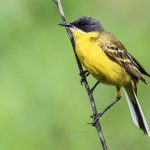
Yellow wagtail (Motacilla flava)
Prefers humid, low-vegetation habitats such as pastures, hayfields, farmlands or stony marshes. It is a summer visitor and can be seen during April-October.
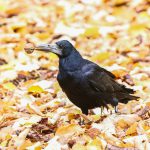
Rook (Corvus frugilegus)
Opts for agricultural habitats, with groups of deciduous trees, mostly poplars or rich canopy trees where big flocks can install their colonies. It is a sedentary species that can be seen throughout the year.
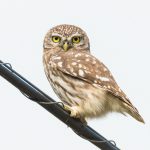
Little owl (Athene noctua)
Often found in rocky habitats, occupying caves and holes in order to nest. It can also be found in human settlements, where occupies bridges of old or abandoned houses. It is a sedentary species that can be seen all year long
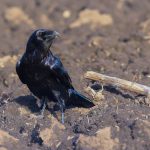
Common raven (Corvus corax)
Nests in habitats of deciduous or coniferous forests, but feeds in most types of habitats: meadows, farmlands, valleys, meadows, etc. It is a sedentary species that can be seen all year long.
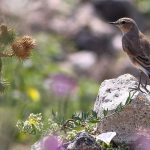
Northern wheatear (Oenanthe oenanthe)
The species prefers rocky habitats, but it also nests in clay ravines, construction sites or ruins. It is a summer guest and can be seen during April-October.

European bee-eater (Merops apiaster)
Occupies predominantly sunny slopes, clayey and sandy ravines, and sometimes the steep banks of lakes / rivers. The species is a summer visitor and can be seen from May to September

Eurasian eagle owl (Bubo bubo)
Is a species characteristic for woodland areas where the cliffs are associated with forests (especially conifers). It is a sedentary species that can be seen all year long.
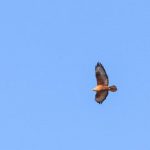
Long-legged buzzard (Buteo rufinus)
Is a species characteristic for open and arid areas, steppe or abandoned farmlands. It is a summer guest and can be seen during April-October